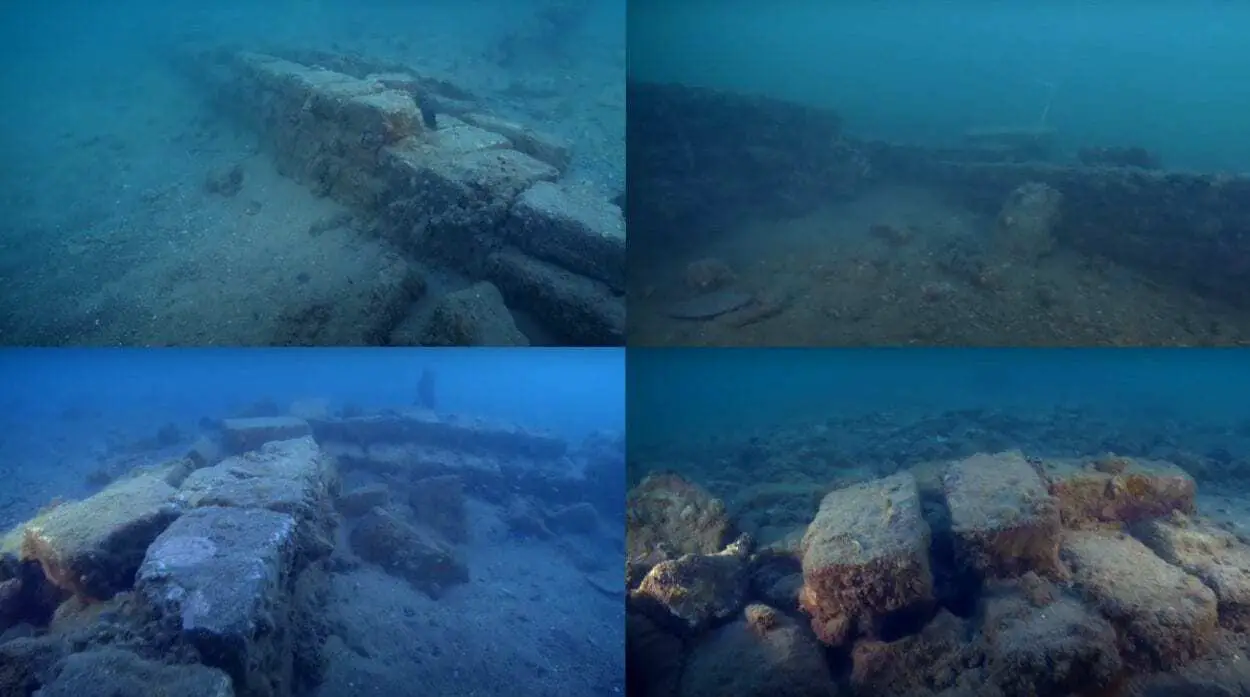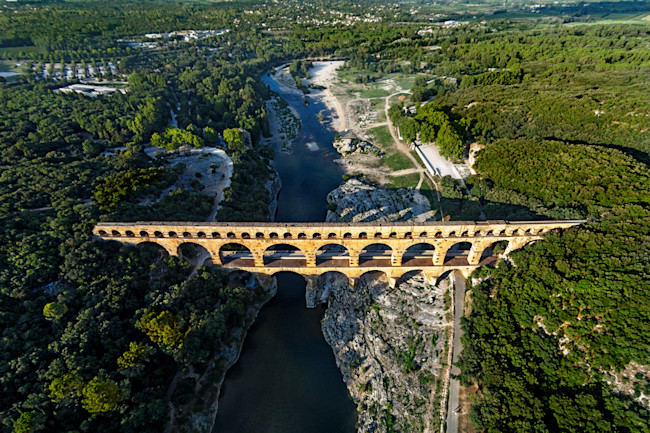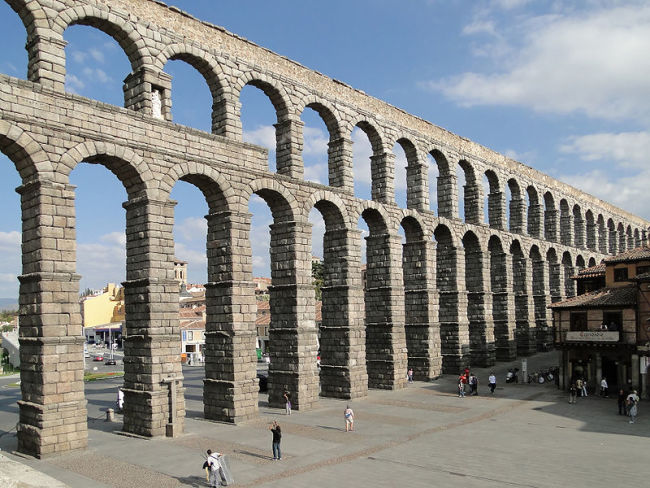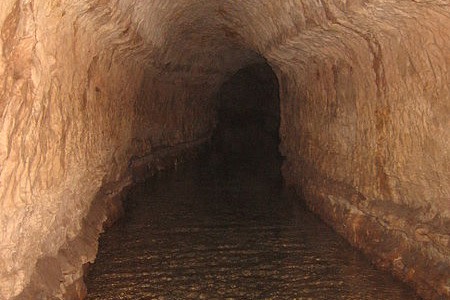The Secret Hellfire Club and the Hellfire Caves

Image Credit : Zoltan Kuruc
The Hellfire Club was an exclusive membership-based organisation for high-society rakes, that was first founded in London in 1718, by Philip, Duke of Wharton, and several of society’s elites.
Wharton was a powerful Jacobite politician, writer, a wealthy peer, and Grand Master of the Premier Grand Lodge of England who led a double life as a drunkard, a rioter, an infidel and a rakehell (meaning a man who was habituated to immoral conduct such as womanising, and wasting his fortune through acts of gambling and debauchery).
Wharton’s club was considered a satirical “gentleman’s club” (although women are also purported to attend), intended to shock and ridicule religious beliefs through the act of mock religious ceremonies with the supposed president of this club being the devil.
The club came to an end in 1721, due to political maneuvering by Wharton’s enemies pushing through a bill against “horrid impieties”, resulting in Wharton being removed from Parliament and the club being disbanded.
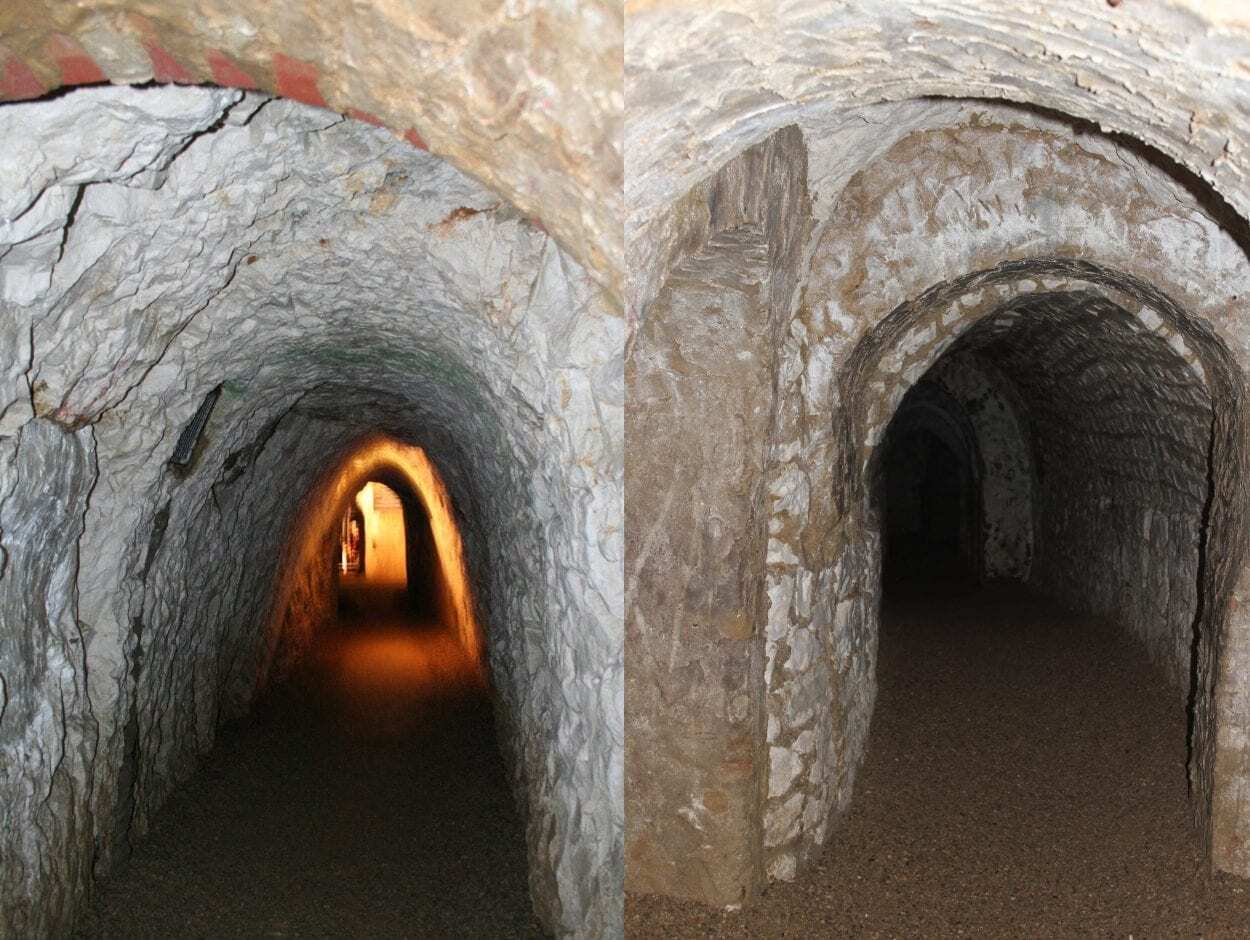
The club was reformed by Francis Dashwood, the 11th Baron le Despencer under the name of the Order of the Knights of St Francis (although the club also went under the names of the Brotherhood of St. Francis of Wy, the Order of the Friars of St Francis of Wycombe and the Order of Knights of West Wycombe) around 1746.
Dashwood commissioned the construction of a complex series of tunnels and chalk and flint caverns for the club’s meetings on the Dashwood estate of West Wycombe Park in Buckinghamshire, England. Known today as the Hellfire Caves or the West Wycombe Caves, the complex extends for 0.25 miles beneath the church of St Lawrence and the Dashwood family Mausoleum.
Each chamber is connected by a series of narrow passageways, consisting of the Entrance Hall, the Steward’s Chamber, the Whitehead’s Cave, Lord Sandwich’s Circle, Franklin’s Cave, the Banqueting Hall, the Triangle, the Miner’s Cave, and the Inner Temple, which was accessed by crossing a faux river meant to represent the River Styx (a river in Greek mythology that forms the boundary between Earth and the Underworld).
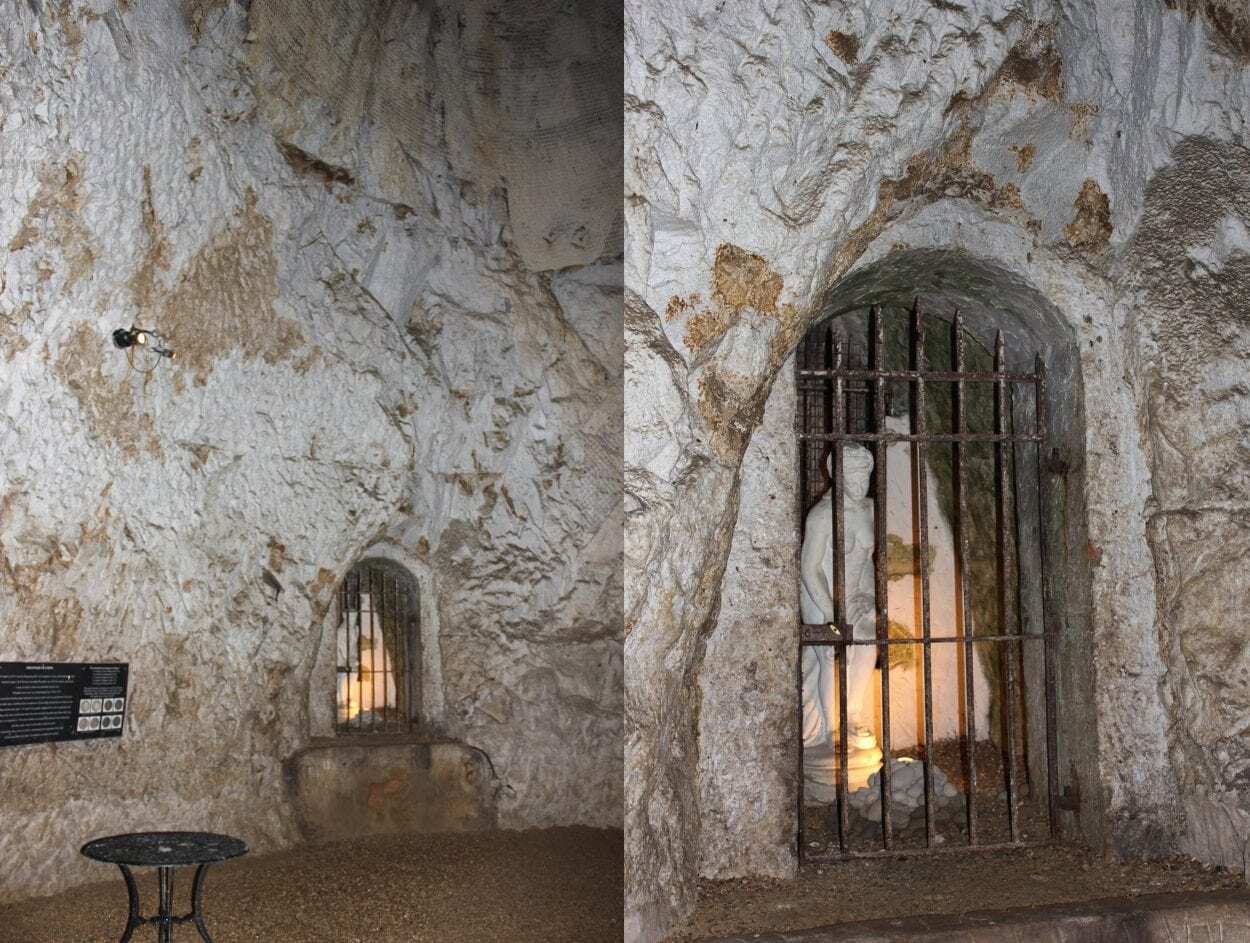
Members of the club included prominent 18th-century figures such as John Montagu (the 4th Earl of Sandwich), William Hogarth (an English painter, printmaker, pictorial satirist, social critic, and editorial cartoonist), John Wilkes (a journalist and politician), and Thomas Potter (a politician and Vice-Treasurer of Ireland).
It has also been claimed that Benjamin Franklin, one of the Founding Fathers of the United States and a close friend of Dashwood visited the caves on more than one occasion.
Many rumours of black magic, satanic rituals and orgies were in circulation during the life of the club, with the notable English writer Horace Walpole stating that “practice was rigorously pagan: Bacchus and Venus were the deities to whom they almost publicly sacrificed; and the nymphs and the hogsheads that were laid in against the festivals of this new church, sufficiently informed the neighbourhood of the complexion of those hermits.”
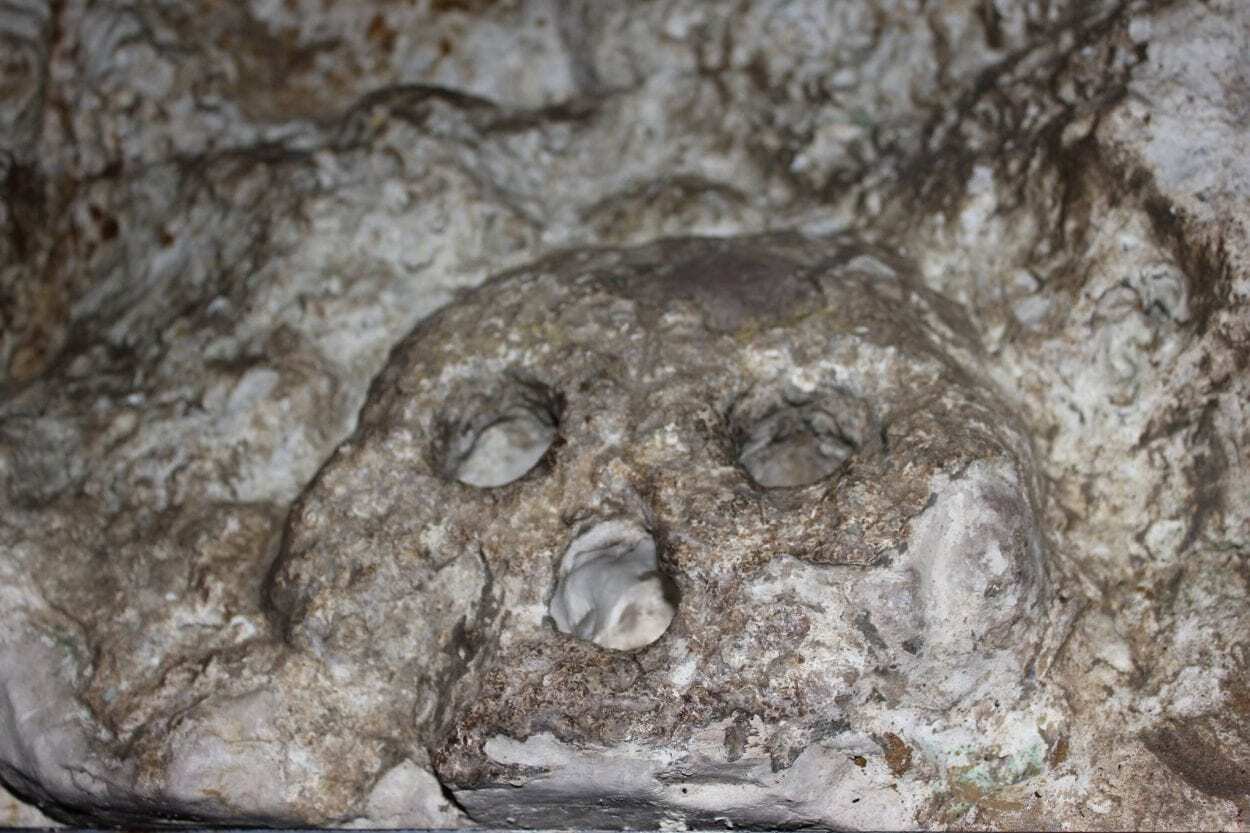
By the early 1760’s, the club began to decline and would eventually be dissolved, possibly due to Dashwood’s appointment as Chancellor of the Exchequer which ended in failure, or him taking a role of greater respectability in society with his elevation as the 11th Baron le Despencer.
Various branches or legacy incarnations of the Hellfire Club continued to carry out meetings, such as the Beggar’s Benison in Scotland which dissolved in the 19th century, and some argued to meet at various historic educational institutions of Ireland and Britain today.
Header Image Credit : Zoltan Kuruc




